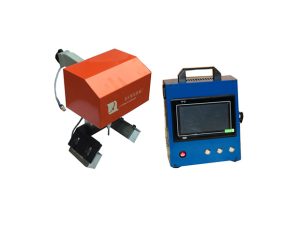Quick Guide to Choose Gas Cylinder Marking Machine
Gas cylinders are specially engineered vessels to carry highly sensitive chemicals. Due to the risk involved, stringent regulations govern their use, transportation, and labeling. One key step in compliance is the correct identification and coding of cylinders to ensure traceability, safety, and compliance with the law.
This article will outline the importance of gas cylinder marking and explain the right regulations. It will explain various marking methods and recommend the most suitable marking machines for each process.
Why Should You Mark Your Gas Cylinders?
Original equipment manufacturers must ensure that the gas cylinders they make adhere to the safety and stability guidelines determined by the Compressed Gas Association (CGA) and the Department of Transportation (DOT). Adhering to such guidelines requires gas cylinder manufacturers, fillers, and operators to keep to a standard. To adhere to this guideline, there must be certain markings on the gas cylinder from which information can be drawn to accept, reject, and condemn compressed gas cylinders for continued use. The guideline requires that the gas cylinder contain the following:
- DOT 3AL 3AA Specification Numbers
- MFG Date & Location Codes
- Cylinder TARE Weight
- Neck Ring Identification & Serial Numbers
- Service or Working Pressure Indicators
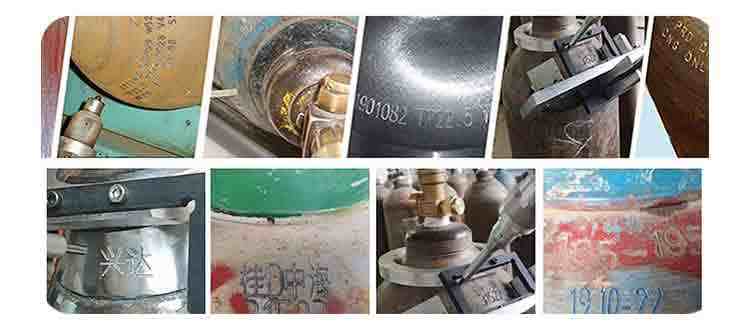
Some Common Methods of Marking Gas Cylinders
In the field of gas cylinder marking, different regions and industries have adopted a variety of marking methods according to specific needs and the degree of technological development. From traditional manual scribing to modern laser and dot-needle technology, each method has its advantages and disadvantages. The following are several common gas cylinder marking methods, which have significant differences in cost, efficiency, safety, and marking effect. Enterprises can choose the appropriate technical solution according to actual needs.
1. Dot Peen Marking
Dot peen is the more popular gas cylinder marking procedure in the modern world. It involves using a pin or stylus controlled pneumatically or electrically to inscribe the necessary codes on the gas cylinder.
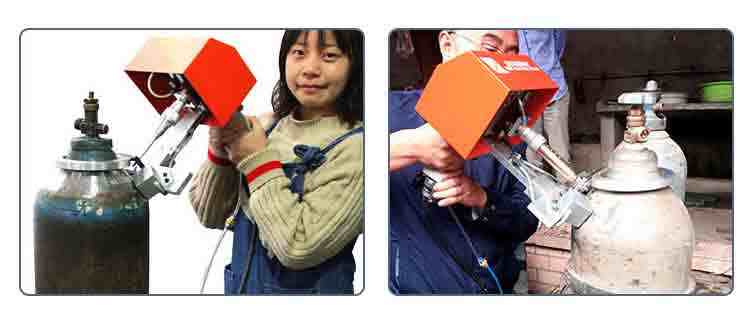
2. Laser Engraving
This marking technique has gained popularity in recent years. Laser engraving allows for better contrast than dot peen marking and can be used for simple descaling of cylinders due to the properties of the laser. Although it is not as efficient as the dot peen system for deep marking, it is currently favored by the gas industry in some countries due to its low noise level and ease of use.
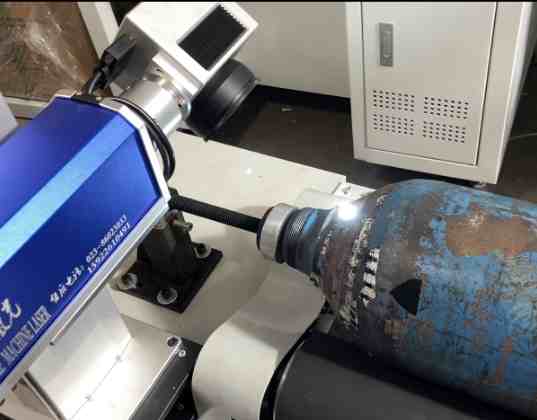
3. Handy Electro Engraving Pen
Using this engraving method to mark gas cylinders requires applying a certain amount of force at an appropriate speed. This relatively inexpensive method is still used in many countries and regions. However, it requires more proficiency and physical stamina from the engraver. Otherwise, it is easy for human error to lead to marking deformation, which results in rework or scrap. It is also more prone to causing injury to personnel.
4. Hand Carving with Pin and Hammer
It may sound strange, but this method is still used in many countries and regions. In fact, before we supplied ABB with our dot peen cylinder marking machine, their engineers used it to ensure the quality of the markings. However, we currently do not recommend this method due to its inefficiency, the physical effort required, and the occasional injury it causes.
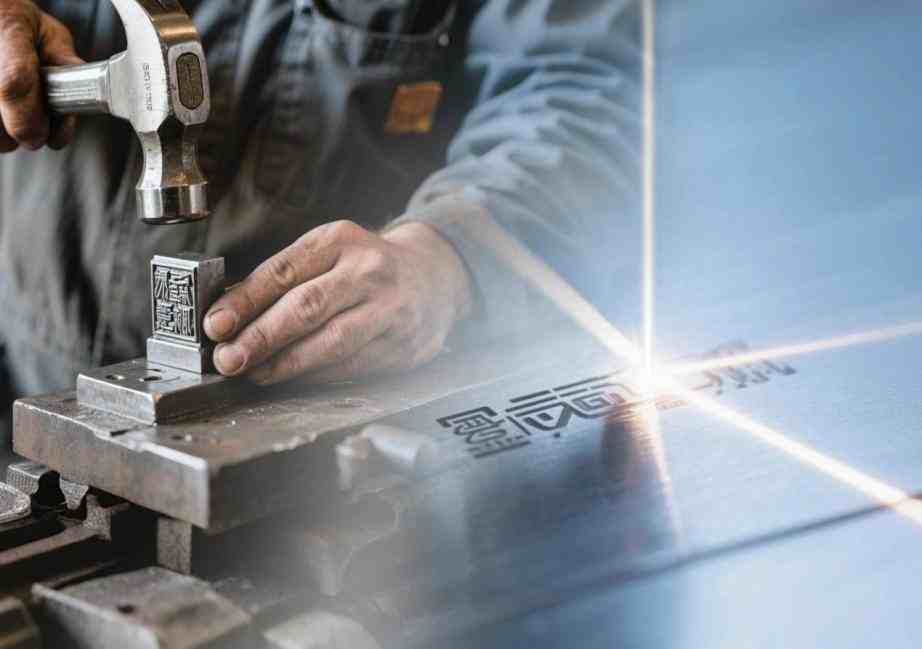
How to Choose the Right Gas Cylinder Marking Method and Machine?
As a result of our research and development in gas cylinder marking, we now hold a range of patented technologies and tooling for marking cylinders, and we offer both dot peen and laser cylinder marking machines, which can be adapted to meet your needs from flexible mobile hand-held marking to fully automated workstations. Before consulting and purchasing one of these machines, you need to be sure of your marking needs.
How Many Cylinders Do You Need to Mark per Day? And What Are the Sizes of Them?
In general, we recommend the use of a handheld system for smaller quantities of cylinders or for individual capacities ≥ 200L. For customers who need efficiency, we recommend the dot peen marking machine. Since gas cylinders are often painted to prevent rust, a certain marking depth is required. The dot peen marking machine is efficient and cost-effective in this respect.
Based on our experience, if you need to mark cylinders with a handheld laser, you will require at least a 100-watt MOPA fiber laser. To reach or exceed the efficiency of a dot peen marker for deep marking, you will need a 300-watt or higher MOPA fiber laser. However, these systems cost much more than handheld dot peen markers.
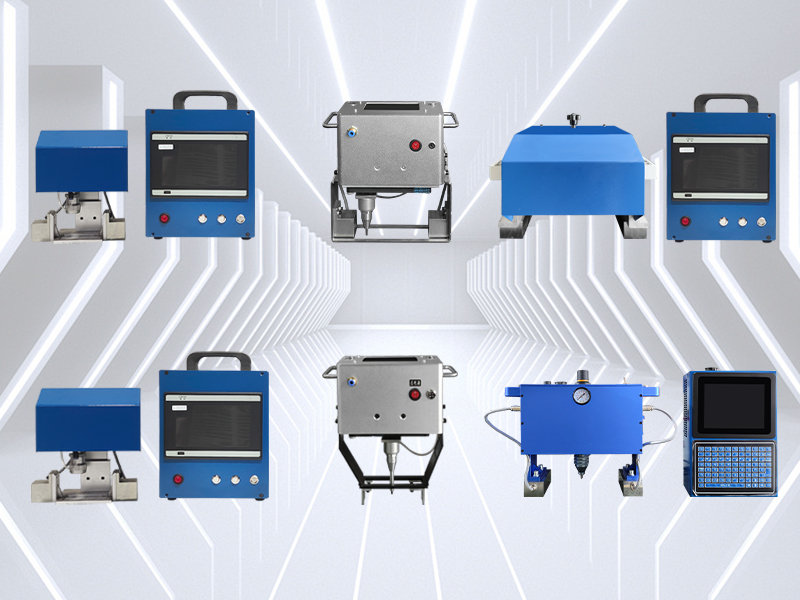
If you are looking for an alternative to expensive gravure printing systems for marking larger quantities of small- to medium-sized cylinders (typically from one to 50 liters), dot peen and laser technologies are proven solutions. Your choice depends on your budget, the level of automation of your production line, and your country’s environmental and noise requirements.
Achieve Precision and Reliability in Gas Cylinder Marking
Gas cylinder marking is a key step in achieving product traceability, compliance supervision and safety management. Therefore, many original equipment manufacturers (OEMs) are particularly cautious in choosing marking methods and equipment, striving to be efficient, accurate and reliable.
If you are looking for high-quality gas cylinder marking equipment or related professional solutions, Zixu will be your ideal partner. We are committed to providing excellent products and services, always putting customer satisfaction first, and helping you achieve high standards of marking management.
Recommended Products

.jpg)
